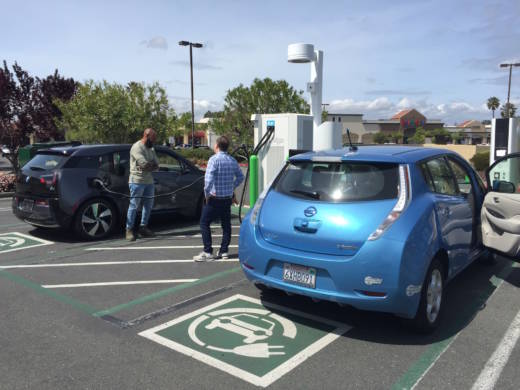California is significantly upping the ante in its quest to get more electric cars on the road.
In his final State-of-the-State address this week, Governor Jerry Brown laid out the state’s ambitions for reducing greenhouse gas emissions. Then, he dropped something startling.
“To meet these ambitious goals,” Brown tossed out almost casually, “we’ll need five million zero-emission vehicles on the road by 2030, and we’re gonna get there, believe me.”
Today Brown’s administration made it official with an executive order setting that as the state’s new target for ZEVs, which includes fuel-cell vehicles and electric vehicles. (Plug-in hybrid cars count, though they’re technically not zero-emissions when their gas engines are engaged.)
That represents a significant jump from the state’s previous goal of 1.5 million by 2025, and it’s nearly 15 times the number currently roaming the state — a fact that the governor acknowledged.
